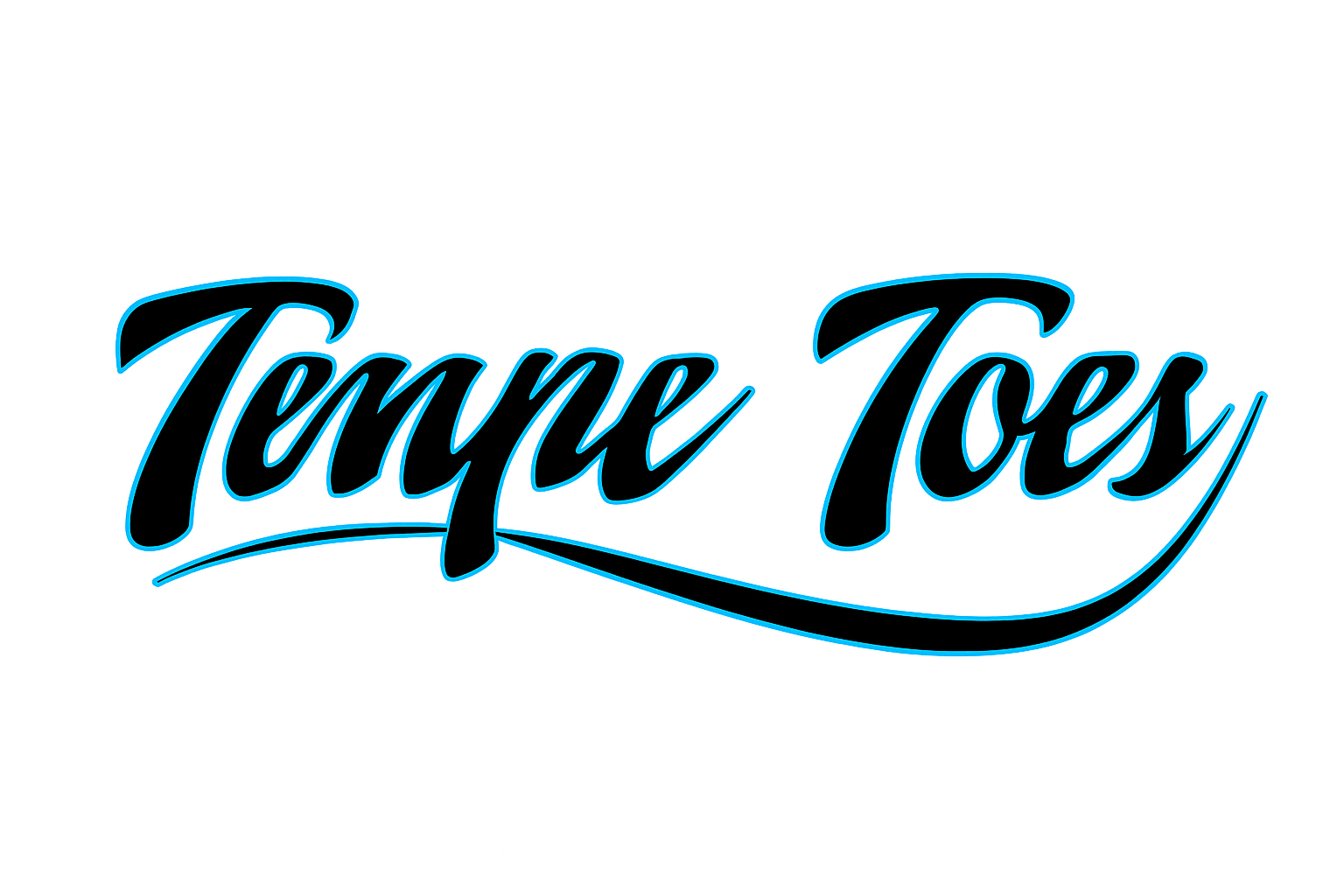Influencer marketing has taken the digital world by storm, creating a vibrant landscape where brands and personalities collide. As social media continues to evolve, one term that often surfaces in discussions about modern advertising is “influencersginewuld.” This concept encapsulates the essence of influencer marketing—how influencers wield their power to shape brand perceptions and drive consumer behavior.
With millions of followers at their fingertips, influencers are not just content creators; they are trendsetters who can make or break a product’s success overnight. Brands need to understand this dynamic if they want to stay relevant in today’s competitive market. Join us as we dive into the fascinating world of influencers and uncover what businesses must know about leveraging this revolutionary approach to connect with audiences effectively.
The Rise of Influencers and Their Impact on Brands
The rise of influencers has transformed the marketing landscape. Once just a niche, these social media personalities now wield significant power over consumer behavior.
Brands have tapped into this phenomenon to reach broader audiences. Influencers can create authentic connections with their followers, driving engagement and trust. Their recommendations often feel more personal than traditional advertising.
As a result, businesses are rethinking their strategies. Collaborating with influencers allows brands to leverage existing relationships between creators and consumers. This shift leads to higher conversion rates and increased brand loyalty.
The impact is evident across various industries—from fashion to tech. Brands that embrace influencer partnerships can stand out in crowded markets, capturing attention where conventional ads may fail. As influencers continue to evolve, so too will their ability to shape brand narratives and influence purchasing decisions effectively.
How Influencers Make Money
Influencers have turned passion into profit. They monetize their platforms through various channels, each tailored to their unique audience.
Brand partnerships are a primary source of income. Companies pay influencers to promote products or services, leveraging their reach and credibility. These collaborations can range from sponsored posts on social media to long-term ambassador roles.
Affiliate marketing is another lucrative avenue. Influencers share special links with followers. When someone makes a purchase using that link, the influencer earns a commission.
Content creation also plays a vital role in revenue generation. Many influencers produce exclusive content for platforms like Patreon or OnlyFans, charging fans for access.
Additionally, some influencers explore merchandise sales by creating branded products that resonate with their audience’s interests and values. This approach fosters community while generating income directly tied to personal branding efforts.
Choosing the Right Influencers for Your Brand
Selecting the right influencers for your brand is crucial. It’s not just about follower counts; relevance matters more than anything.
Start by identifying your target audience. Consider their demographics, interests, and values. The ideal influencer should connect with that group authentically.
Next, evaluate potential influencers’ content style and messaging. Their voice needs to align with your brand’s identity to create a seamless collaboration. Authenticity resonates better than polished perfection.
Look at engagement rates rather than sheer numbers. An influencer with fewer followers but high interaction can drive more meaningful conversations around your products.
Consider past collaborations and their outcomes. A history of successful partnerships often indicates reliability and effectiveness in promoting brands like yours.
Measuring the Success of Influencer Campaigns
Measuring the success of influencer campaigns is crucial for brands aiming to understand their return on investment. Metrics like engagement rates, reach, and impressions provide valuable insights.
Engagement rate reflects how actively an audience interacts with content. High numbers indicate that followers find the material relatable or enticing.
Reach shows how many users saw the campaign, while impressions track repeated views. Both are key indicators of awareness generated by your collaboration.
Sales conversions can also be tracked through unique discount codes or affiliate links assigned to influencers. This direct correlation helps quantify financial impact.
Beyond analytics, consider qualitative feedback from audiences about brand perception shifts post-campaign. Gathering testimonials offers a deeper understanding beyond mere statistics.
Tracking social media growth during and after campaigns sheds light on overall effectiveness in expanding brand visibility across platforms.
Potential Challenges and Risks of Working with Influencers
Working with influencers brings excitement, but it also has its challenges. One major risk is brand misalignment. If an influencer’s values don’t match your brand’s message, it can lead to confusion among consumers.
Another concern is authenticity. Followers are savvy and can quickly spot inauthentic promotions. An insincere partnership might damage both the influencer’s credibility and your brand’s reputation.
Moreover, there’s the ever-present issue of compliance with advertising regulations. Influencers must disclose paid partnerships; failing to do so could result in legal complications for both parties.
Managing expectations is crucial. Not every campaign will yield immediate results or go viral. It requires patience and a solid strategy to see long-term benefits from these collaborations.
Tips for Building a Successful Influencer Marketing Strategy
Start by clearly defining your goals. What do you want to achieve with your influencer marketing? More brand awareness, increased sales, or improved engagement? Knowing this will shape your entire strategy.
Next, focus on authenticity. Choose influencers whose values align with your brand. Their audience should resonate with what you offer. This connection enhances trust and drives results.
Don’t overlook the power of creativity in campaigns. Encourage influencers to express their unique style while incorporating your product naturally into their content.
Additionally, establish clear communication channels from the start. Discuss expectations regarding deliverables and timelines upfront to avoid confusion later.
Track metrics diligently throughout the campaign lifecycle. Analyzing engagement rates and ROI helps refine future strategies for better outcomes each time you collaborate with influencers.
Conclusion
The world of influencer marketing is constantly evolving, and understanding its dynamics is crucial for brands aiming to thrive in today’s digital landscape. Influencersginewuld represents a new frontier where authenticity meets strategic partnerships. Brands should harness the potential of influencers not just as promotional tools but as genuine advocates that resonate with their audience.
As you navigate this journey, remember the importance of alignment between your brand values and those of your chosen influencers. Measuring success goes beyond vanity metrics; look at engagement and conversion rates to truly gauge impact. While challenges may arise—such as maintaining brand integrity and ensuring compliance—it’s imperative to approach these obstacles with a proactive mindset.
Building an effective influencer marketing strategy requires creativity, flexibility, and ongoing communication. By fostering strong relationships with influencers who genuinely connect with your target demographics, you can create campaigns that are both meaningful and impactful.
Embracing influencersginewuld can propel your brand into new heights by fostering authentic connections in an increasingly crowded marketplace. The key lies in finding the right balance between strategy and authenticity, ensuring that every collaboration reflects true value for both parties involved.






